Waste disposal is one of the most beneficial services we have in our society.
The reason for this is because we want to keep the trash out of our sight when we go to work or eat at a fancy restaurant.
However, many things that are thrown away normally actually should not be put in a dumpster.
Some reasons we don’t throw away certain items is because:
- The item can be hazardous to either the environment or to children, pets, and wildlife.
- The trash could be too heavy which could cause damage to the dumpster or possibly harm others.
- The trash could be filled with liquid whether it’s intentional or accidental
But many of us don’t really know what exactly is allowed in a dumpster when wanting to throw away something.
Let’s find out what you’re not allowed to dispose of in your common dumpster.
1. Refrigerators
Refrigerators typically cannot be put in a dumpster because the refrigerant they contain is toxic.
The reason they are toxic is because they contain hazardous materials and liquids such as freon.
The refrigerant must be completely removed before disposing of it.
Freon-containing appliances can be removed by hiring a professional, such as an appliance repair specialist or HVAC certified pro.
You can usually dispose of refrigerators through your local sanitation department’s bulk debris pickup program.
In some areas, you may be able to throw away your refrigerator using a dumpster if it has been properly drained by an HVAC professional.
However, if you are simply throwing out one refrigerator, it may be easier to call an appliance retailer to handle it.
Some will provide free waste disposal with the purchase of a new appliance.
2. Tires
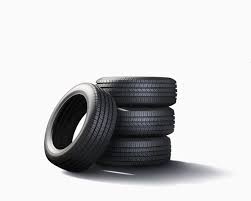
You cannot throw tires in a dumpster, as they can damage the landfill structures and equipment.
Whole tires are capable of “floating” to the top of a landfill as methane gas builds up inside the tire’s inner wall.
Most auto parts stores and waste departments will accept old tires to recycle them into asphalt and other industrial applications.
3. Paint Cans

Paint cans are prohibited because they can contain lead or mercury, especially if they were manufactured prior to the 1990s.
Prohibited paints include paint thinners, lacquers and wood stains.
However, in most municipalities, you can dispose of dry latex paint as long as it’s wrapped in a plastic bag.
Empty paint cans are also usually accepted.
4. Car Batteries
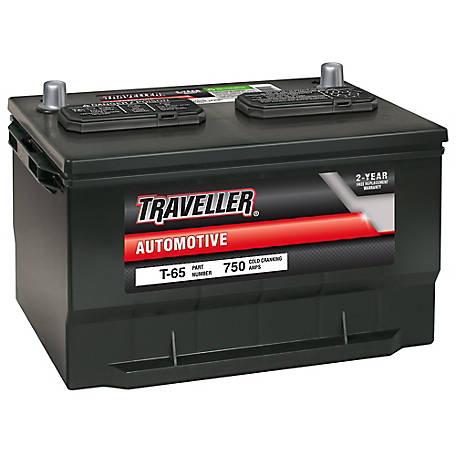
Car batteries, as well as lithium batteries, cannot be put in a dumpster because they can leak chemicals that are harmful to the environment.
You can take old car batteries to a local recycler, such as an auto shop.
Lithium batteries, like those found in laptops, can be recycled at most electronics stores.
General-purpose alkaline batteries, such as AA’s, AAA’s and D’s, are allowed in a dumpster.
5. Hazardous Materials
Hazardous materials and liquids cannot go in a dumpster.
Examples of hazardous waste include asbestos, pesticides, contaminated soils or absorbents, motor oil, other automotive fluids and medical waste.
Always make sure to follow the proper procedures in your location and find a hazardous waste collection center near you to handle the waste disposal responsibly.
6. Contaminated Soils
Contaminated soils can leach toxic chemicals into nearby ground or surface waters.
These materials can be taken up by plants and animals, contaminate human drinking water supply, or contaminate the indoor air in overlying buildings.
Contaminated soils and absorbents that are mixed with hazardous substances can’t be disposed through normal waste haulers.
They must either be treated or contained following federal Superfund guidelines.
7. Ink And Resins
Ink, which is used in pens and printers, can damage equipment and stain the interior of dumpsters.
These are best disposed of through recycling centers or retailers with drop-off locations.
Ink printer cartridges and their ink contain harmful chemicals, most of which are bad for the environment.
Ink cartridges are made from oil.
The oil present in the ink helps contribute to water and soil pollution when spent ink cartridges are disposed of in the trash and end up in the landfill.
8. Oils, Fuel & Propane Tanks
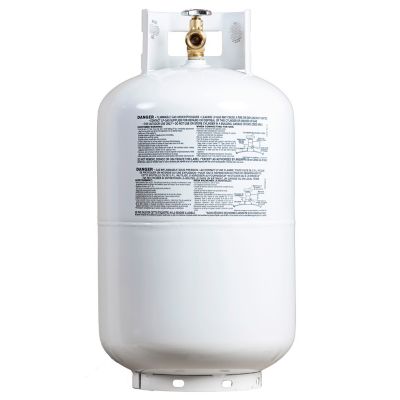
Throwing away propane tanks, fuels, oils and other flammable materials in a dumpster is a serious safety hazard.
These substances are highly combustible, and disposing of them improperly is illegal in most areas.
Since propane tanks contain flammable gas, any residual gas could potentially start a fire at the landfill.
Due to this risk, most landfills and recycling centers won’t even accept propane tanks.
You should contact a propane company, your local fire department or a hazardous material collection center for further waste disposal information.
9. Asbestos
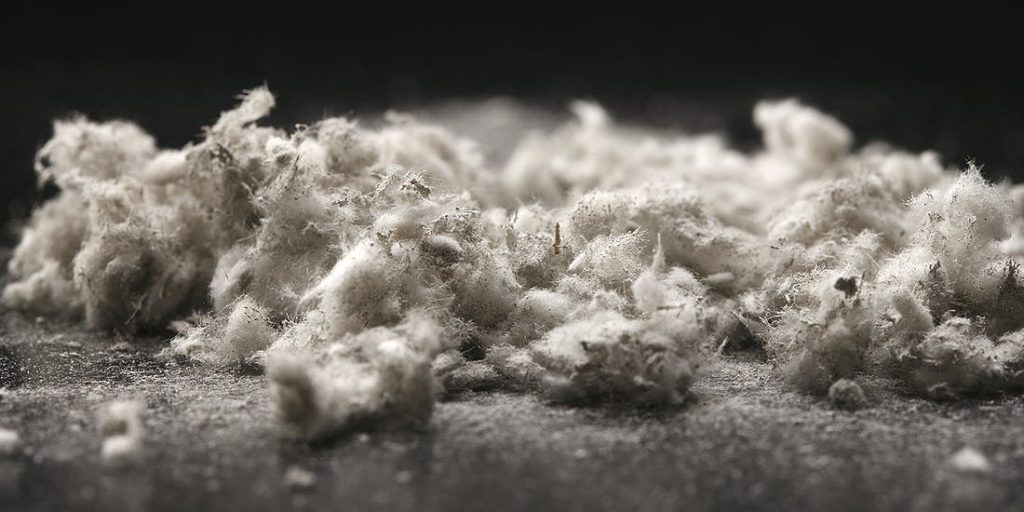
The most important thing to know about handling and disposing of asbestos is that you shouldn’t do it yourself.
Asbestos is a flame retardant found in older homes and various industrial products.
It is considered to be a carcinogen in most U.S. states, which has resulted in landfill bans.
A carcinogen is an agent with the capacity to cause cancer in humans.
If you know your home contains asbestos, you should contact a licensed contractor to ensure safe waste removal and disposal.
10. Railroad Ties
Since many railroad ties are treated with harmful wood preservatives, they aren’t allowed in dumpsters.
Most railroad ties are made of creosote-treated wood to ward off fungal invaders that degrade wood.
Creosote is a chemical that can be harmful to human health and the environment.
Hence, extra care must be taken when disposing railroad ties.
However, most landfills will take intact railroad ties.
They can also be recycled and reused by organizations such as Habitat for Humanity. Local businesses are also looking for landscaping supplies and parking lot bumpers.
Conclusion
Most of the time, we don’t take into account the things we throw away on a daily basis.
This is usually because most of the waste we throw away is generally not that toxic to people and it doesn’t usually stain dumpsters.
However, it’s always good to take into consideration what items we throw away, as listed above.
Just because something doesn’t seem to be toxic does not mean it can affect things in many different ways.
So, it’s always important to be aware of what we throw into our garbage cans so we can have less toxic landfills in the future.

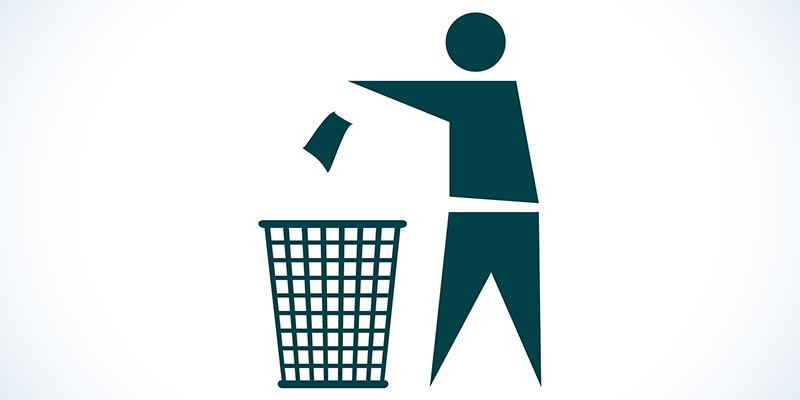
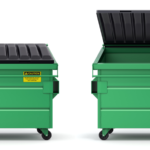
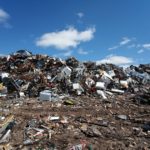
Thanks for your blog, nice to read. Do not stop.